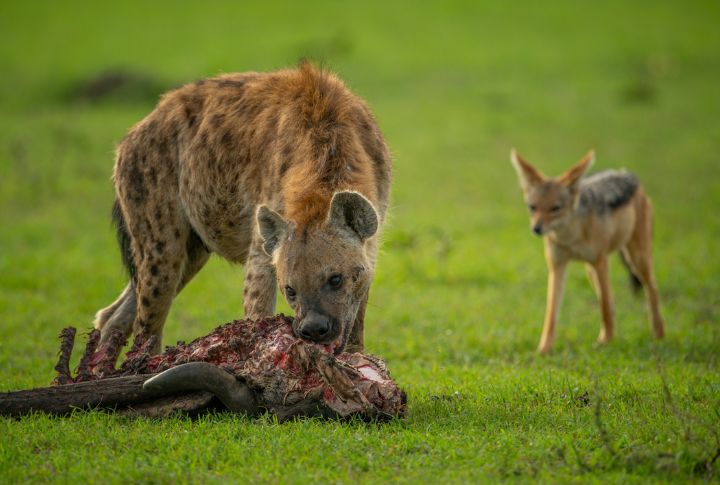
Is it slurping up tears or using their vomit as lunchboxes? Nature is full of surprises when it comes to mealtime. Forget your boring bowls of cereal and predictable sandwiches, and prepare to be amazed (or disgusted) as we explore the weird, wacky, and downright bizarre eating habits of some incredible animals.
Vultures

These large scavengers possess a keen sense of smell that allows them to locate dead animals from miles away. Their beaks are specially adapted for tearing through flesh, and their strong stomachs can handle digesting carrion (decaying flesh), which would be dangerous for many beasts.
Hyena
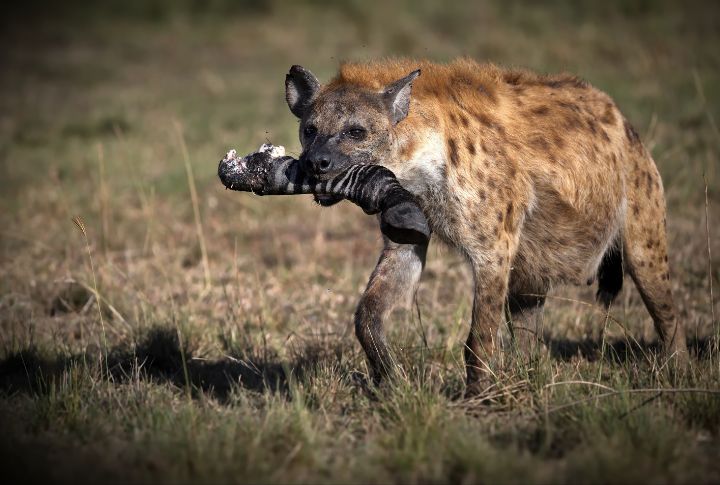
Hyenas are often called scavengers, but they are pretty adept hunters. Thanks to their powerful jaws and teeth, they eat just about anything, from meat and bones to insects and fruit. These wild dogs are also known for their loud whooping calls, which they use to communicate and defend their territory.
Starfish

These spiny-skinned echinoderms have a central mouth on the underside of their bodies, surrounded by five arms. When a starfish finds prey, such as a clam or mussel, it wraps its arms around it and secretes enzymes needed to dissolve the shell, finishing up by sucking out the liquefied insides of their victim.
Dung Beetles

As the name suggests, dung beetles — well, their babies, eat feces. This habit allows them to perform a vital ecological function by breaking down animal feces. The adults shape the dung into round balls and roll them across the ground to be buried underground. Then they lay eggs within these dung balls, providing nourishment for the larvae as they develop and grow.
Komodo Dragon
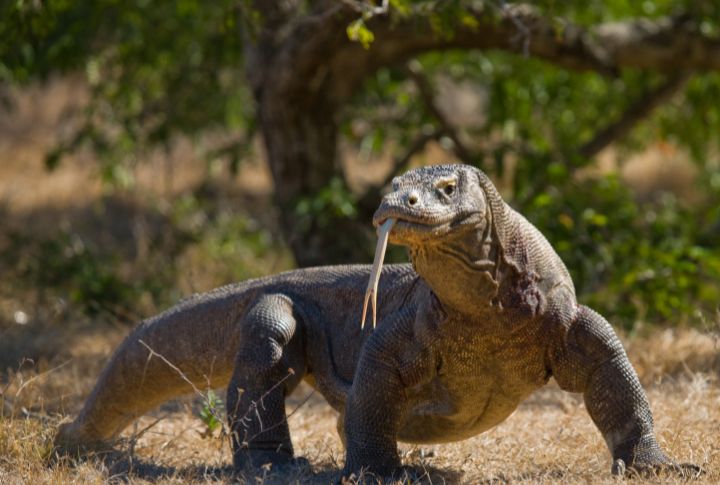
The Komodo dragon’s diet matches its size. It will eat almost anything, including deer, pigs, buffalo, and other Komodo dragons. Its powerful bite and keen sense of smell help it track down prey. They can also swallow their food whole, even if it is much larger than their heads!
Koalas
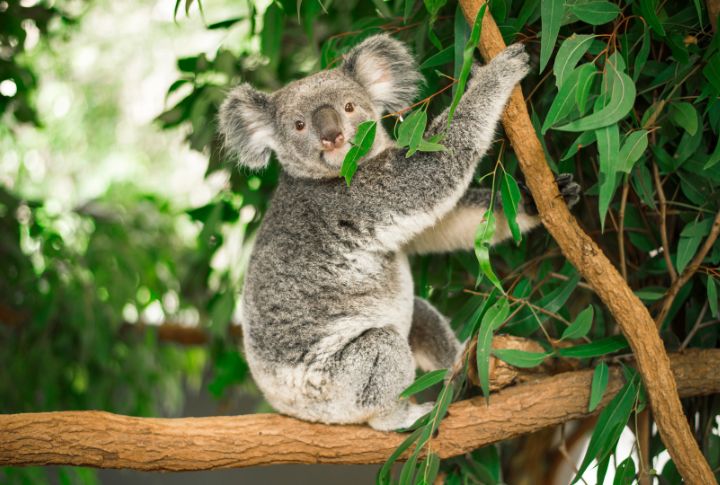
A number of herbivores are surprisingly selective. Koalas, for instance, only eat a few specific types of eucalyptus leaves, which are low in nutrients and toxic to many creatures! Their digestive system is specially adapted to handle these leaves, but it means they must eat constantly to get enough energy.
Geckos
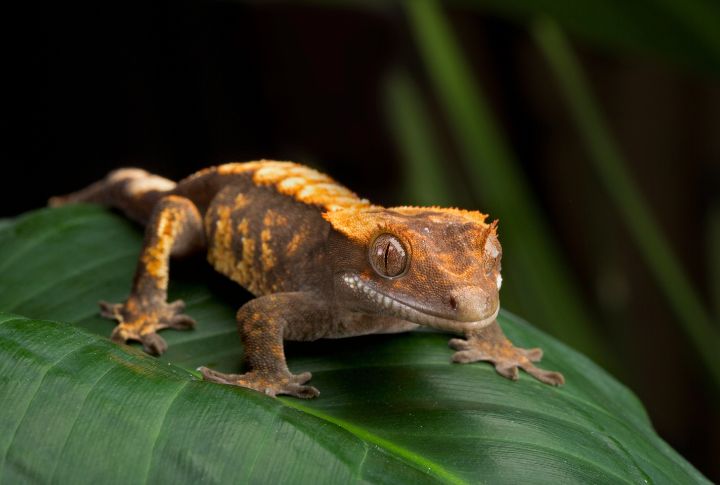
Several creatures even eat parts of themselves! Geckos will lick up their shed skin, a good source of protein and vitamins they wouldn’t want to waste. What’s even weirder is that baby caecilians, amphibian relatives of salamanders, feed on the special slime their mother secretes!
Skuas

These creatures are food bullies! Skuas, a type of seabird, will harass other birds, forcing them to regurgitate their just-caught meal. The Skua then swoops in and snatches the unfortunate bird’s lunch!
Rabbits
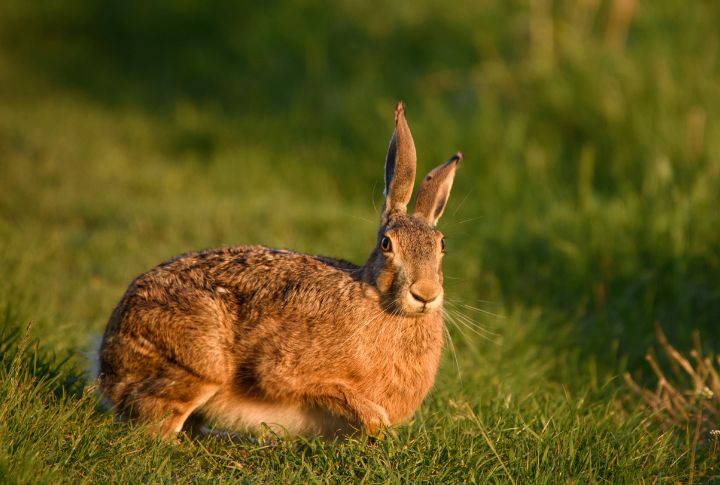
Believe it or not, some animals rely on poop as part of their diet. Rabbits produce special droppings called cecotropes. They are rich in nutrients they can’t absorb the first time around. They re-ingest these droppings to get the total nutritional value of their food.
Emperor penguins

Adult penguins travel vast distances to catch fish, then return and regurgitate the partially digested meal into their chick’s waiting mouth. Not exactly table manners, but effective!
Carnivorous Plants
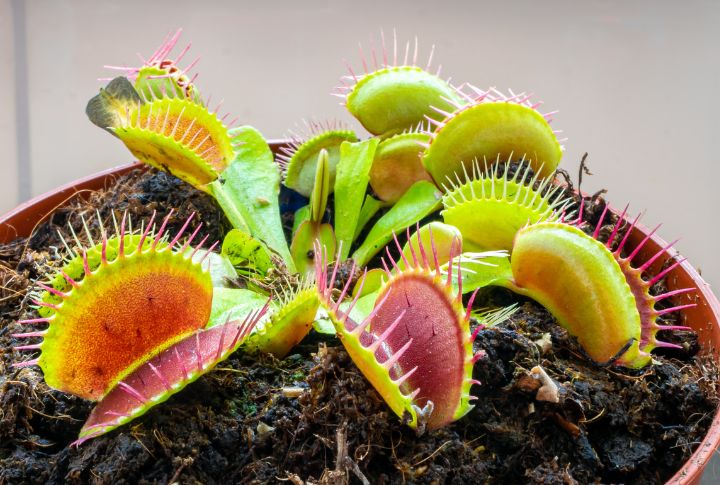
They are usually on the menu, not the diners, but there are exceptions! Venus flytraps and pitcher plants lure insects in with sweet smells or vibrant colors, then trap them with sticky secretions or snapping jaws. The captured them are then slowly digested by the plant.
Moths
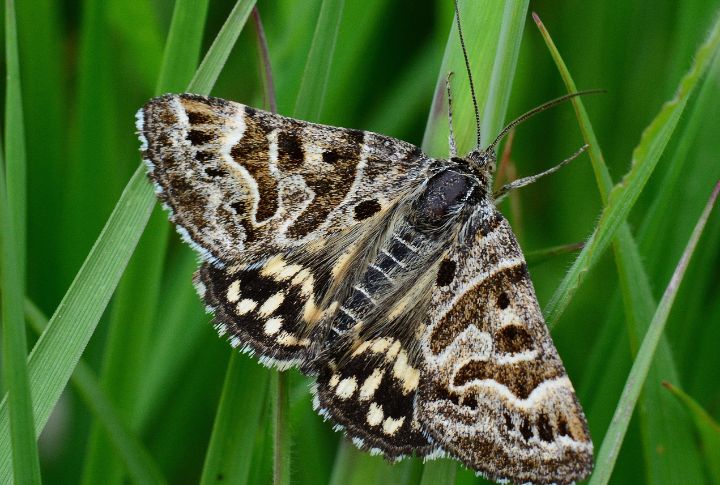
The Madagascan moth takes “eating your greens” to a whole new level. These moths feast on the tears of sleeping birds! They use their long proboscis (straw-like mouthpart) to pierce an eyelid and sip up the bird’s tears.
Lemmergeyers

These bearded vultures found in mountainous regions are fond of bones. They’ll drop large bones from great heights onto rocks, shattering them and allowing them to access the nutritious marrow inside.
Sea cucumbers
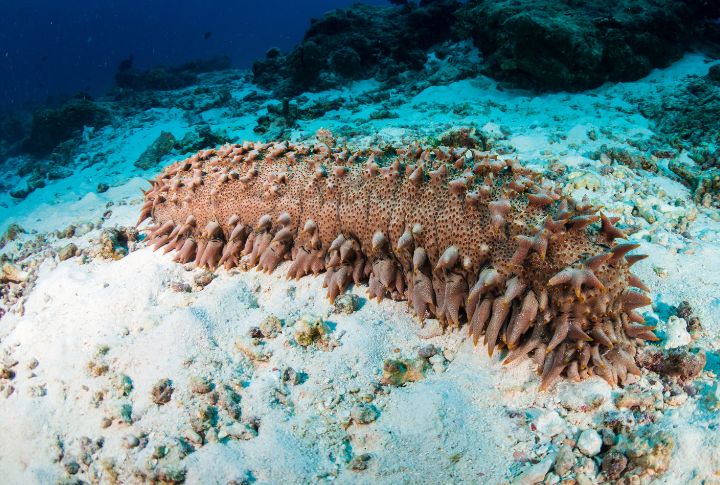
Sea cucumbers use tiny tentacles around their mouths to sift through the ocean floor, sucking up organic matter and plankton like a living vacuum cleaner.
Vampire bats
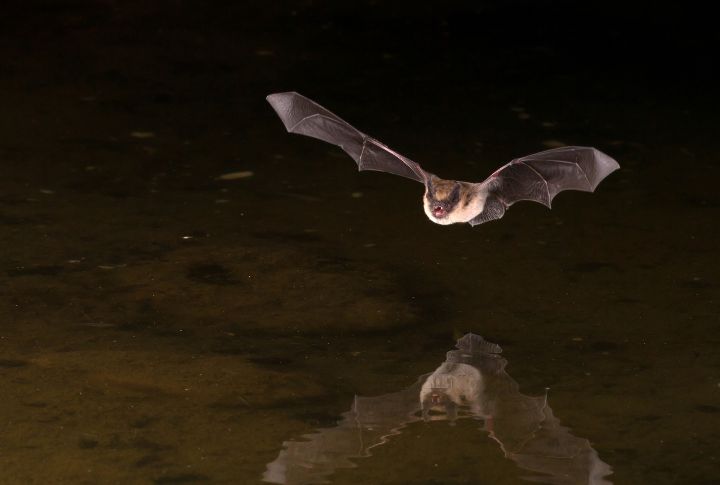
Vampire bats dine exclusively on blood. Using their razor-sharp teeth, they make a small incision on their prey (often cattle or horses) and lap up the flowing blood. Their saliva contains an anticoagulant to keep the blood flowing while they feed.

Comments
Loading…